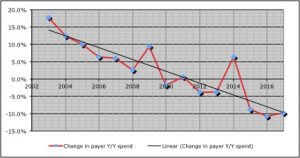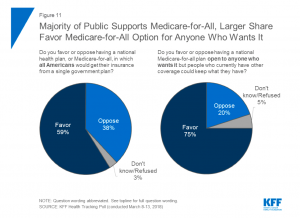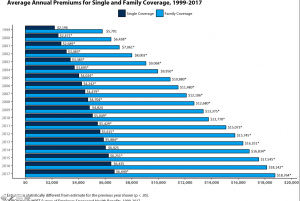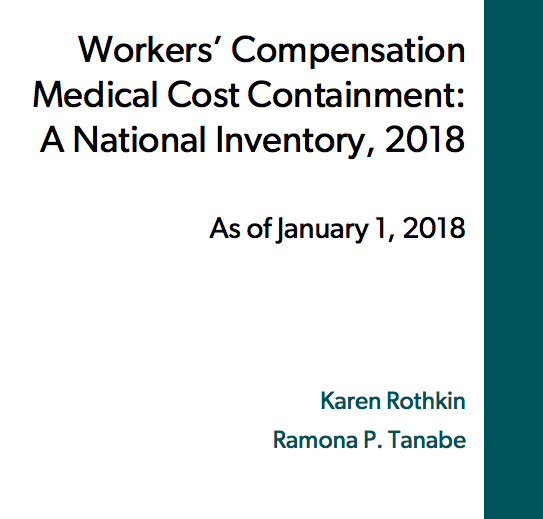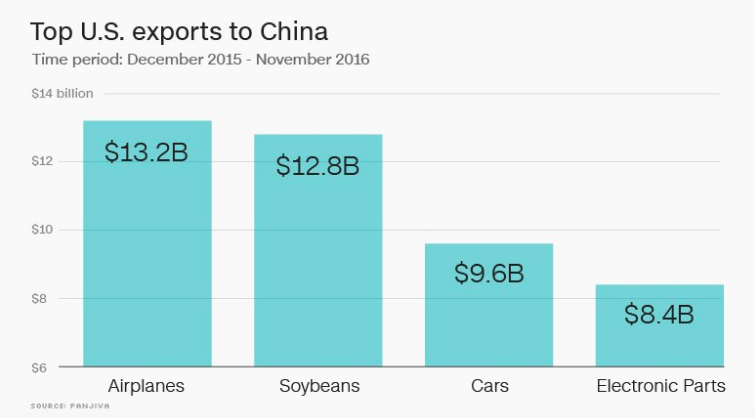I’ve lauded the Ohio Bureau of Workers’ Comp for their great successes reducing opioid usage. But, I’ve heard from many stakeholders that Ohio’s got a unique advantage; BWC is both the regulator AND the payor, so they get to do whatever they think makes sense, and providers, patients, and pharmacies have to do what they’re told.
Fair point.
The implication is this – it’s way harder when you’re:
A) not a monopolistic state fund;
B) you don’t have the power to implement formularies, UR, pre-cert, and other care controls; and
C) you don’t have the full focus and influence of a state’s governor behind you.
Well, the State Fund of California is delivering stellar results without any of the inherent advantages listed above – in a state that is highly litigious, without a formulary (until this year), and where a subset of providers spends every waking hour thinking up new ways to screw the State Fund, insurers, employers, and taxpayers by gaming the system. (CA Gov. Jerry Brown is fully supportive of the State Fund).
(btw love the campaign…)

From 2014 to 2017, the State Fund delivered:
- A 60% reduction in total opioid prescriptions to injured workers covered by State Fund
- A 74% reduction in opioid spend
- Across-the-board Morphine Equivalency Dosage (MED) reductions:
- 80% percent reduction in the number people above 50 MEDs
- 83% percent reduction in the number people above 80 MEDs
- 87% percent reduction in the number people above 120 MEDs
As a result, opioids now represent 16.9% of the State Fund’s total prescriptions, down 31% since 2014.
A couple more data points then we’ll dig into how they did this. There were 1458 patients prescribed 120 or more MED in 2014, today there are 186 cases.
Results for those patients prescribed 50 or more MEDs were almost as good; the number of patients declined by more than 80%, from 5000 to 994.
How’d they do this?
There are two primary foci; reduce initial opioid usage, and help long-term patients wean off of opioids; we’ll focus on the latter in this post.
Recall that these results occurred before the new formulary was implemented, so that did not have an affect on these results.
The State Fund’s long-term opioid reduction program begins with the adjuster, who remains involved in the claim throughout the process. The program involves multiple vendors, a variety of approaches, an openness to innovative treatment, and a lot of communication. There is no “canned” approach: Cognitive Behavioral Therapy, acupuncture, counseling, physical therapy and exercise programs, and Functional Restoration Programs have all been employed. Medication-assisted therapy, or MAT, has been used in selected cases but for the most part the State Fund is trying to stay away from using opioids to solve opioid problems (my wording, not their’s).
Key to the long-term issue has been using vendors to conduct peer to peer conversations with the prescribing physician(s). According to State Fund Medical Director Dinesh Govindarao MD MPh, this peer-to-peer education of prescribing physicians has been instrumental in the success of the program, as many treating providers don’t have adequate training on pain management and opioid prescribing.
For those patients with significant chronic pain, the State Fund developed a program specifically aimed at helping those patients cope with their condition. Patients willing to participate were enrolled in this program.
Going forward, the State Fund and Dr Govindarao are working to set up a more defined process to triage patients, one that will have different approaches and process flows for different types of patients. They will be looking at commonalities in patient groups to see if they can flow them through consistent treatment approaches.
What does this mean for you?
You can dramatically reduce long-term opioid usage through a well-designed, carefully-managed, patient-centric approach overseen by a very competent medical director.
And when you do, you can save scores of lives, hundreds of families, and millions of dollars for policyholders and taxpayers.
One last comment – these results were produced by a state entity and state workers focused on doing the right thing, the right way.
